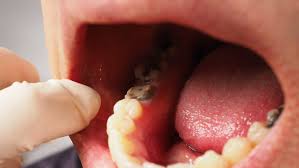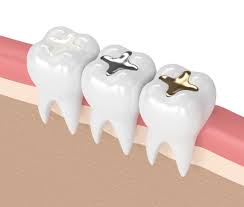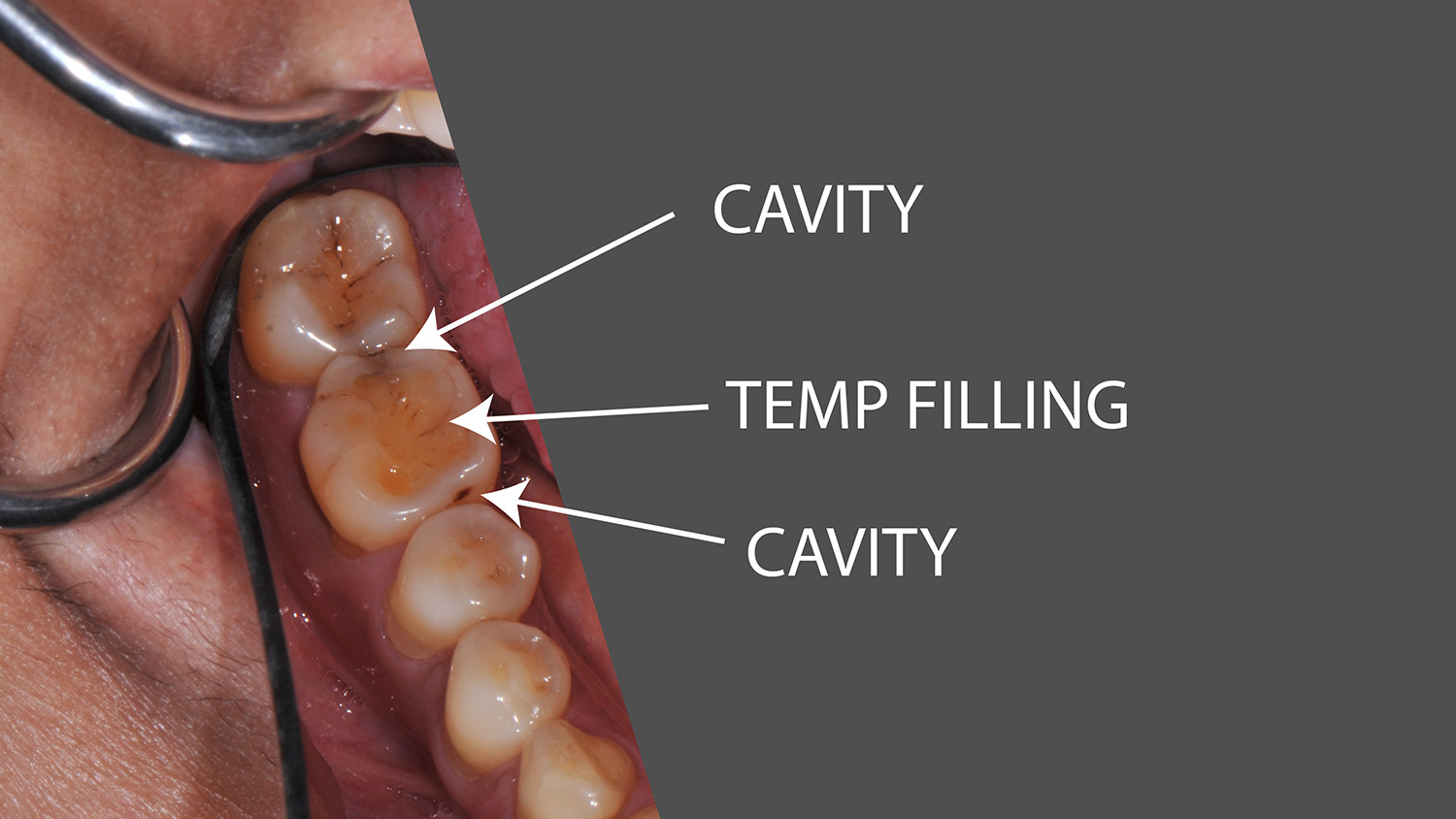Imagine a grand palace where an old wooden door has begun to weaken. The caretaker decides to reinforce it with a metal plate. While the repair makes the door stronger, the sudden change in material affects its function. It creaks, resists movement, and needs time to settle. Similarly, a tooth filling is a restoration of a damaged tooth, but sometimes, the material used—especially silver or amalgam fillings—can cause unexpected discomfort.
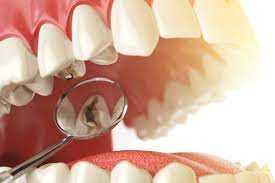
Why Does Tooth Pain Occur After a Filling?
When a tooth filling is placed, it’s like patching a hole in an old road. If the material used is not compatible with the original structure, it can lead to problems. Silver fillings, for instance, expand and contract with temperature changes, just like how a metal roof heats up and expands under the sun and shrinks when it cools at night. This continuous movement can create pressure inside the tooth, leading to pain.
Moreover, some individuals experience allergic reactions to amalgam fillings, much like how certain fabrics cause skin irritation. Their body recognizes the material as foreign and responds with sensitivity, discomfort, or even swelling. In such cases, replacing the silver filling with a different material—such as composite resin—can resolve the issue, just as switching from wool to cotton eliminates an allergic rash.
Identifying the Root Cause: The Key to Relief
Finding the exact reason for tooth pain after filling is like diagnosing the cause of a flickering light bulb. Is it the wiring? The switch? The bulb itself? Only by identifying the real problem can the correct solution be applied.
If the pain is due to metal fillings reacting to hot and cold temperatures, using protective dental coatings or switching to a non-metal alternative can help, much like insulating electrical wires prevents sparks. If the pain stems from an allergic reaction, replacing the material is the only effective solution, just as someone allergic to a particular metal must switch to hypoallergenic jewelry.
Choosing the Right Restorative Material: A Long-Term Investment
Selecting the best material for a tooth filling is like choosing the right type of wood for a ship’s deck. The wrong wood may absorb water and weaken, while the right one ensures durability and smooth sailing.
Dental experts now offer alternative materials such as composite resin, ceramic, and glass ionomer fillings. These modern materials bond well with the natural tooth structure and do not react to temperature changes, much like how tempered glass remains stable despite varying weather conditions.
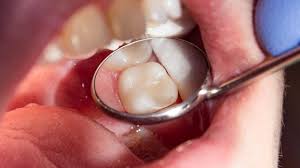
A Painless Future with the Right Approach
A tooth filling is meant to restore strength and functionality, just like repairing a bridge to make it safe for travel again. However, if the material used causes discomfort, it’s essential to seek professional advice and make a necessary change. By identifying the root cause—whether it’s temperature sensitivity, an allergic reaction, or an improper fit—patients can find the right solution and regain a pain-free smile. With the right treatment, the repaired tooth, like a well-maintained structure, will stand strong for years to come.

